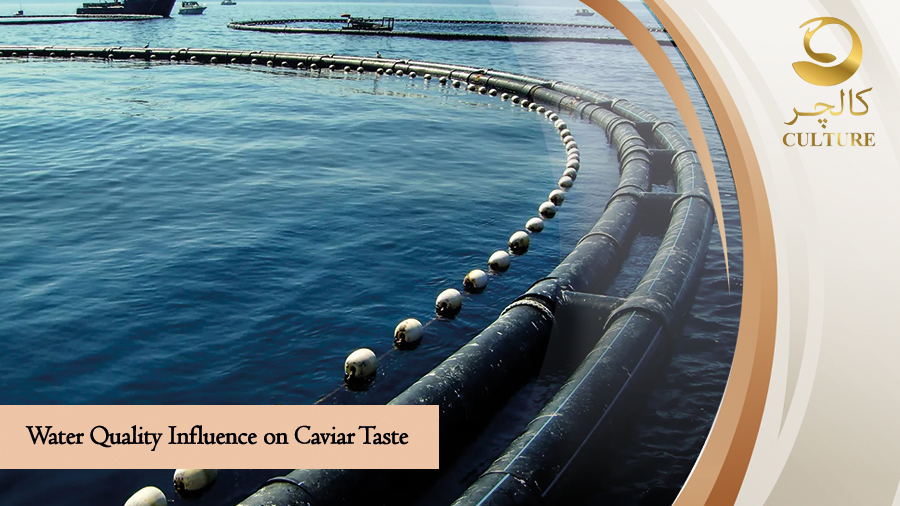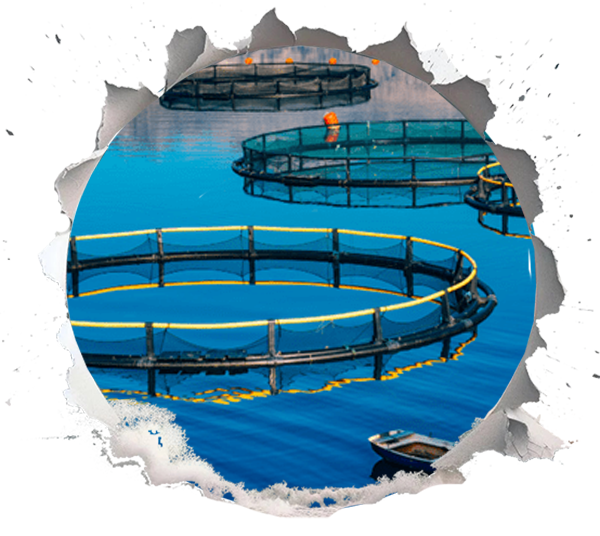How does Water Quality Influence Caviar Taste?

Caviar, often regarded as a luxury food item, is the salted roe of sturgeon and other fish species. Its rich, complex flavour and unique texture make it a delicacy around the world. However, many people may not fully appreciate the intricate factors that influence caviar’s taste, one of the most significant being water quality. In this article, we will explore how the quality of water affects caviar’s flavour profile, its chemical composition, and ultimately, its market value.
The Importance of Water Quality
Water quality is critical when it comes to fish farming and the production of caviar. The purity of water directly impacts the health and growth of fish, which in turn affects the quality of their roe. Factors such as temperature, pH levels, and the presence of pollutants can all alter the taste of caviar. A study from the University of California suggests that fish raised in pristine water conditions yield roe with a more refined flavour compared to those in contaminated environments.
Key Factors in Water Quality

- Temperature: Water temperature plays a crucial role in the metabolic rate of fish. Optimal temperatures promote healthy growth and maturation, resulting in better-quality roe. For instance, sturgeon thrive in cooler waters between 10°C to 20°C. Deviations from this range can lead to stress in fish, adversely affecting the flavour and texture of their eggs.
- pH Levels: The acidity or alkalinity of water can significantly influence the chemical processes within the fish. Sturgeon prefers a slightly alkaline environment, typically between 7.5 and 8.5 pH. Water that is too acidic can lead to stress and lower the quality of the roe, resulting in a less desirable taste.
- Dissolved Oxygen: Oxygen levels in water are vital for fish health. Higher dissolved oxygen levels support robust fish growth and well-formed roe. Conversely, low oxygen levels can lead to stunted growth and reduced fat content in the eggs, which diminishes their flavour and texture.
- Pollutants and Contaminants: Industrial runoff, agricultural pesticides, and heavy metals can severely influence water quality. Fish exposed to contaminated water may develop off-flavours in their roe. A report by the Food and Agriculture Organisation (FAO) indicates that pollutants can lead to a decrease in the market value of caviar, as consumers become increasingly aware of sourcing and sustainability.
The Role of Diet and Environment
While water quality is paramount, the diet and overall environment of the fish also play a significant role in the taste of caviar. Sturgeon feeds on a diet rich in natural nutrients found in clean waters. When fish consume a varied diet, rich in essential amino acids and fatty acids, the flavour profile of their roe becomes more complex and appealing.
For example, sturgeon that feed on natural food sources such as plankton and small crustaceans produce eggs with a richer taste compared to those that are fed processed pellets. This shows that a holistic approach to fish farming, which includes both water quality and diet, is essential for producing high-quality caviar.
The influence of Water Quality on Different Types of Caviar
Different species of sturgeon produce various types of caviar, each with its distinct taste shaped by the influence of water quality. Here are some examples:
- Beluga Caviar: Known for its large eggs and buttery flavour, Beluga sturgeon thrive in the Caspian Sea’s pristine waters. The unique combination of mineral-rich water and the fish’s natural diet results in caviar that is often considered the finest in the world.
- Ossetra Caviar: Ossetra sturgeon produce medium-sized eggs with a nutty taste. They prefer slightly brackish waters, and their flavour is heavily influenced by the water’s mineral content, which varies across regions. Caviar from Ossetra sturgeon raised in clean coastal waters tends to command a higher price due to its superior taste.
- Sevruga Caviar: The smallest of the three main types, Sevruga caviar has a more intense flavour. The quality of the water in which Sevruga sturgeon are raised can greatly affect the brininess and depth of flavour in their roe. Clean, cold waters yield caviar that is celebrated for its robust taste.
Caviar Farming and Flavour Profiles

The practices involved in caviar production can also significantly affect the final product. Sustainable farming methods that prioritise water quality not only enhance the taste but also ensure the health of the fish population. Farms that adhere to stringent environmental regulations are better equipped to produce high-quality caviar that meets consumer demand for transparency and sustainability. In addition, the environmental impact of caviar farming is significant and warrants careful consideration.
Statistics and Market Trends
According to the International Caviar Exporters Association, the global caviar market was valued at approximately $300 million in 2022, with a projected annual growth rate of 8% over the next five years. As consumers become more discerning, the demand for sustainably sourced and high-quality caviar continues to rise. Water quality, as a key factor in caviar production, plays a vital role in determining both flavour and marketability.
Furthermore, a recent survey conducted by the Caviar and Sturgeon Association found that 78% of caviar consumers are willing to pay a premium for products sourced from environmentally sustainable farms that prioritise water quality. This trend highlights the growing importance of transparency and ethical sourcing in the luxury food market.
While farm-raised caviar is predominant in the market, wild caviar still holds a unique charm. Wild sturgeon, found in their natural habitats, often produce eggs with distinct flavours influenced by the ecosystem they inhabit. However, due to overfishing and environmental concerns, the availability of wild caviar has dramatically decreased, making it a rare and expensive delicacy.
Conclusion
In conclusion, the influence of water quality on caviar taste cannot be overstated. From temperature and pH levels to the presence of pollutants, each aspect of water quality plays a significant role in determining the flavour, texture, and overall quality of caviar. As the market for this luxury food continues to evolve, consumers are becoming increasingly aware of the importance of sourcing and sustainability. Therefore, both producers and consumers must prioritise water quality to ensure the continued availability of high-quality caviar that delights the palate and supports the environment.
By understanding the intricate relationship between water quality and caviar taste, we can appreciate this delicacy even more and make informed choices that support sustainable practices in aquaculture.


very good issue for supporting environment